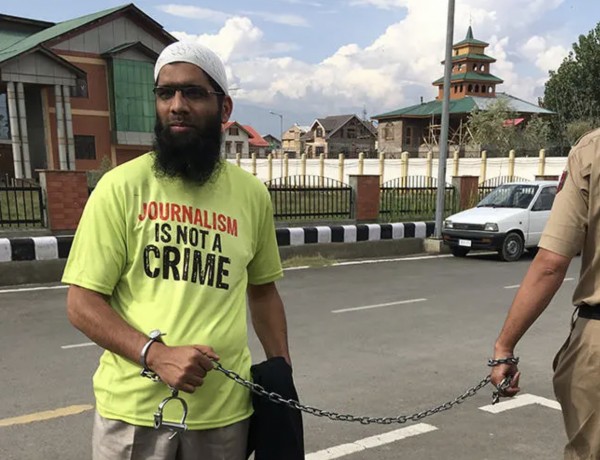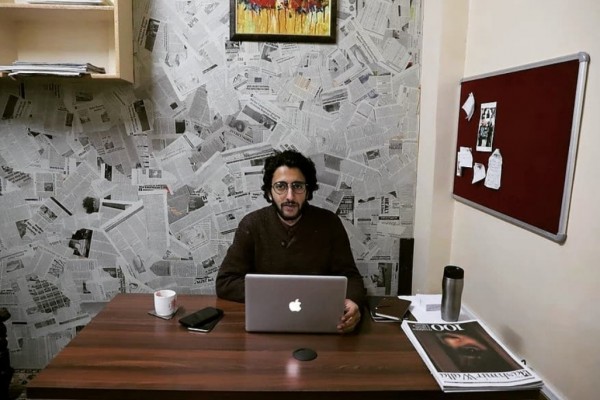The International Press Institute is concerned by reports that the media is facing harassment in India’s conflict-ridden northern and north-eastern states.
In Manipur, where Indian security forces are locked in conflict with several armed separatist groups, local media have declared an indefinite cessation of publication on Friday in response to threats against S. Singlianmang Guite, a local journalist, by members of an armed group.
According to a statement from the All Manipur Working Journalists’ Union, three armed men forced their way into Guite’s house on the morning of 21 July and demanded to speak to the journalist about a report in the day’s issue of the Sangai Express, the journalist’s employer.
In response, Guite’s community in the state declared a cessation of publication until the government takes action against the gunmen.
Meanwhile, in the northern Indian state of Kashmir, which is still reeling after a month of demonstrations and protests which left 16 people dead, government-issued curbs against the media were met by a three-day cessation of publication by local media. Journalists’ associations in the state declared a three-day strike from 8-11 July in protest against the restrictions on journalists.
The media community was protesting the government’s reluctance to issue curfew passes to journalists to allow them to continue coverage during curfew.
“They issued only 10 curfew passes per media organization,” said Anuradha Bhasin, editor-in-chief of the Jammu-based Kashmir Times. “This is not enough. You need at least 40 passes even to run the paper with one-third of its staff.”
Bhasin also told IPI that while there had been no outright curbs on coverage, Indian security forces were harassing media persons whose coverage they saw as unfavorable. “Those whose reporting they don’t like, they are harassing them in various ways,” she said.
“The media in these regions are often forced to work under extremely difficult conditions,” said IPI Director David Dadge. “It is heartening to note the united response of the local media to these press freedom threats; however, the Indian government must do more to prevent the harassment of journalists. If not, it runs a very real risk of becoming part of the problem.”


